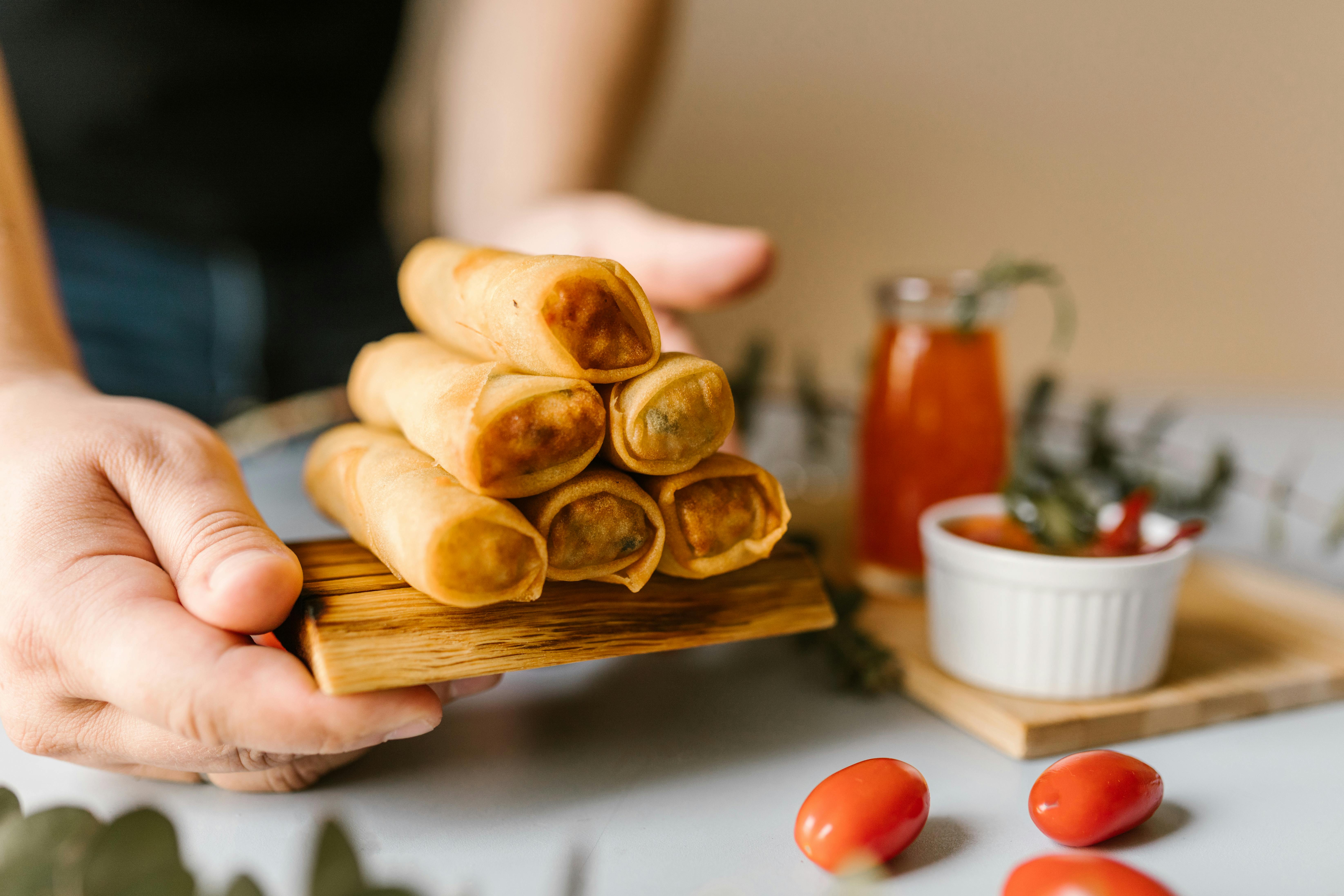Decoding the Magic of Vietnamese Street Food
Ah, the enchanting world of Vietnamese Street Food! A vibrant symphony of colors, textures, flavors, and aromas, it is a culinary experience like no other. This article will take you on a gastronomic journey through the bustling markets and food stalls of Vietnam, unveiling the hidden gems of this fascinating cuisine.

A Whirlwind Tour of Vietnam’s Street Food Culture
From the bustling streets of Hanoi to the serene waterways of the Mekong Delta, street food is the heart and soul of Vietnamese cuisine. It’s more than just a quick meal on the go; it’s a way of life, a testament to the country’s rich history and cultural diversity.
The Star Performers
Pho, Banh Mi, Bun Cha - these are some of the better-known Vietnamese street foods that have won hearts worldwide. But there’s more to explore. From the crunchy, savory Banh Xeo (Vietnamese pancakes) to the delectable Goi Cuon (spring rolls), there’s a delightful surprise waiting at every corner.
The Art of Balancing Flavors
Vietnamese street food shines in its ability to balance contrasting flavors. Sweet, sour, spicy, salty, bitter - each dish masterfully brings these elements together, creating a harmony that dances on the palate.
- Sweet: Caramelized sugars, ripe fruits, and sweetened fish sauce add a touch of sweetness to many dishes.
- Sour: Lime juice, vinegar, and fermented products like tamarind and pickled vegetables bring a refreshing sour note.
- Spicy: Chili peppers and black pepper add a kick that’s never overwhelmingly hot but pleasantly warm.
- Salty: Fish sauce, soy sauce, and fermented shrimp paste provide the salty flavors.
- Bitter: Bitter melon, certain herbs, and black coffee add a bitter edge to balance the other flavors.
The Social Aspect of Street Food
Street food in Vietnam is not just about the food; it’s also a social affair. Whether it’s a group of friends gathered around a Bia Hoi (draft beer) stall or a family sharing a bowl of Pho for breakfast, food brings people together, fostering a sense of community and camaraderie.
Food for Thought: Sustainability and Street Food
Modern Vietnamese street food vendors are becoming increasingly conscious of sustainability. Biodegradable banana leaves are used for wrapping food, while reusable bamboo straws are a common sight. This commitment to environmental responsibility adds another layer of appeal to the vibrant street food culture in Vietnam.
In conclusion, Vietnamese street food is more than just an exotic culinary adventure. It is a gateway into the country’s rich history, diverse culture, and warm people. So, whether you’re a seasoned foodie or a curious explorer, delve into the world of Vietnamese street food and discover a universe of flavors waiting to be savored.




